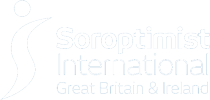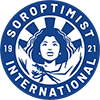Violence against women and girls (VAWG) is one of the most oppressive forms of gender inequality and stands as a
fundamental barrier to equal participation of women and men in social, economic, and political spheres. Such violence impedes gender equality and the achievement of a range of development outcomes. VAWG is a complex and multifaceted problem that cannot effectively be addressed from a single vantage point. The prevention of, and response to, such violence requires coordinated action across multiple sectors.
More than 35% of women worldwide have experienced either physical or sexual partner violence or non-partner sexual violence. That is 818 million women – almost the total population of sub-Saharan Africa and almost three times the population of the United States.
VAWG is widely recognized as an impediment to the social and economic development of communities and States, and to the achievement of internationally agreed development goals, including the Millennium Development Goals (MDGs). Experiencing violence precludes women from contributing to and benefiting from development initiatives by limiting their choices and ability to act.9 The deprivation of women resulting from VAWG should be of central concern to governments both as an intrinsic human rights issue and because of the epidemic’s impact on economic growth and poverty reduction.
Sources: WHO (2013) Global and regional estimates of violence against women: Prevalence and health effects of intimate partner violence and nonpartner sexual violence. Klugman, J., Hanmer, L., Twigg, S., Hasan, T., McCleary-Sills, J., and Santa Maria, J. (2014). Voice and Agency: Empowering Women and Girls for Shared Prosperity. Washington, DC: World Bank


